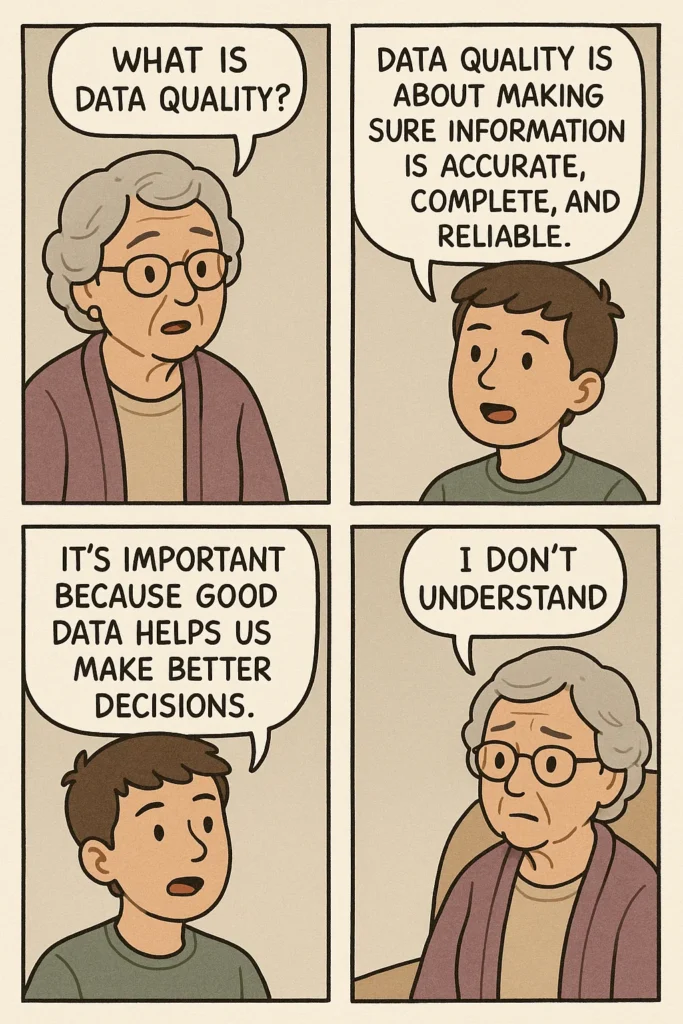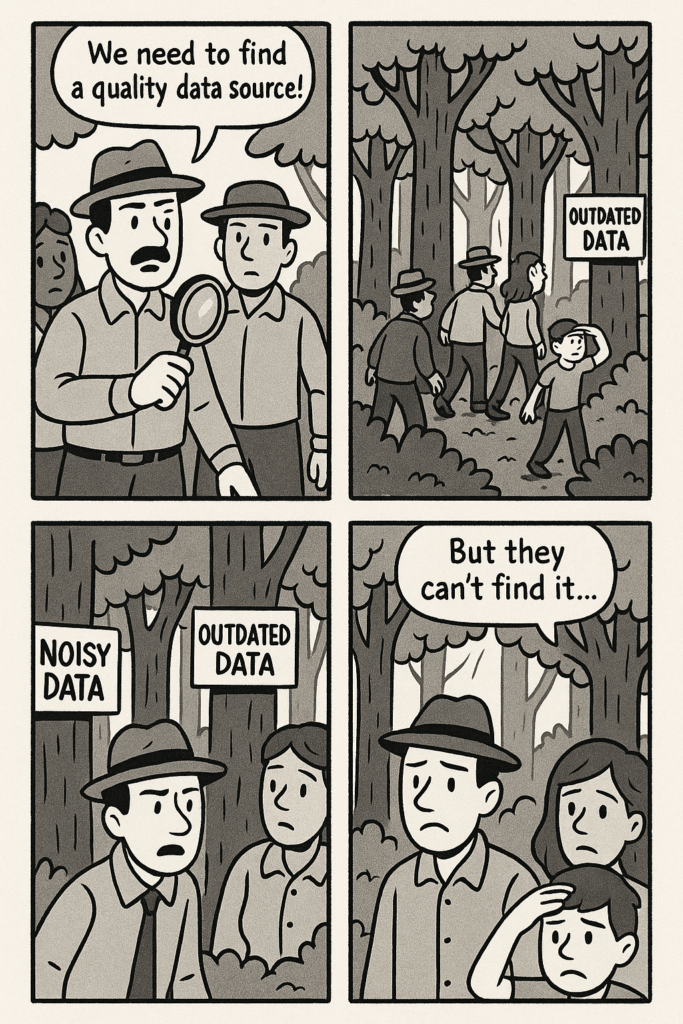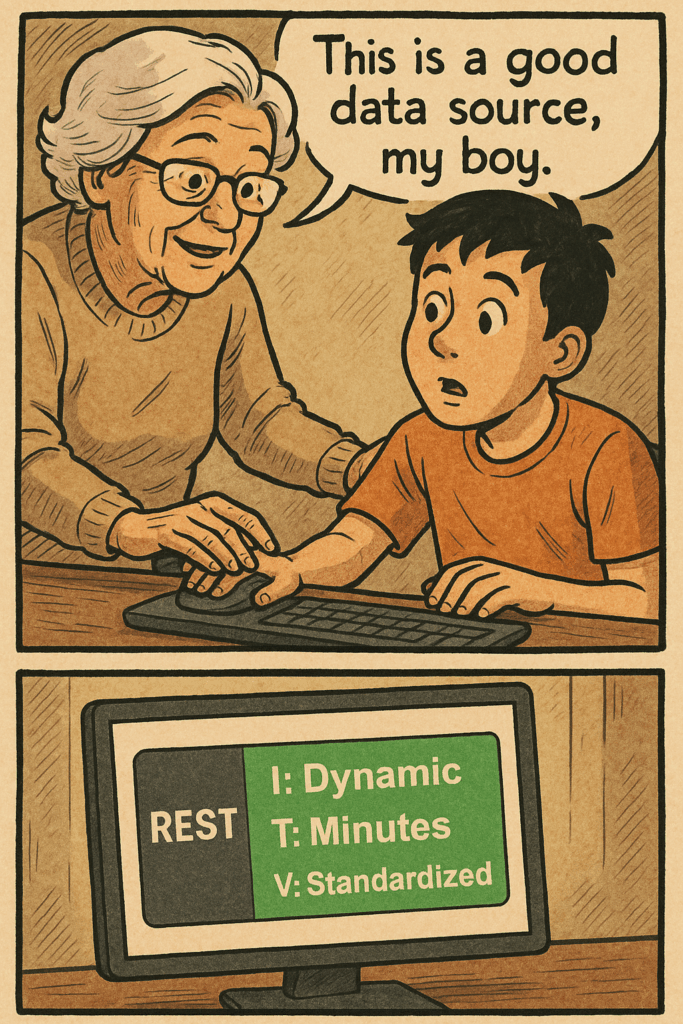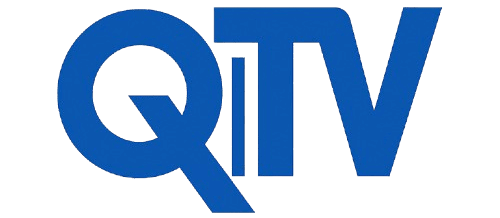
Would you like to show your grandma what data quality means in a way that she understands during her birthday?
Do you also get lost in a forest full of quantitative data sources, the value of which you cannot determine at a glance?


Say goodbye to these worries. Quick Information Time & Validation (Q-ITV) ensures that everyone can recognize a good data source immediately.
Short introduction

Q-ITV, or ‘Quick Information, Time, and Validation,’ consists of three parameters to make the quality of information from a source visible and match it with the requester’s needs. Additionally, it provides a gauge of the data quality itself, allowing for the pursuit of higher quality datasets.
Interface

Describes the interface being called, making it clear what to expect for your digital environment. Given the many developments in interfaces, this is an open text field to include specifications or version numbers.
Information

Indicates the level of information with four levels: Static -> Line & Points -> Object -> Dynamic. Static refers to an image, number, or text without interaction. Line & Points are geographical indications for use on a map. Object is a visualization of a model, and Dynamic is a combination of the previous levels or new information that does not fit the above categories.
Time

Indicates the information’s refresh rate with four levels: Irregular -> Monthly -> Daily -> Minutes. This parameter includes two considerations: the debate over Real-Time and Near Real-Time, with ‘Minutes’ used as an indication of fast refresh rates, and ‘Irregular’ indicating that the information is updated so infrequently that it cannot be assumed to be updated at a fixed time.
Validation

Indicates the level of validation with four levels: None -> Quantitative -> Qualitative -> Standardized. This parameter distinguishes between experimental data and verified data. Initially, data from unknown sources is not validated but can become quantitatively validated over time through pattern recognition and the mass of results from previous measurements. Qualitative validation is based on comparable measurements from third parties, such as satellite measurements validated with a national institute data source/ research.
